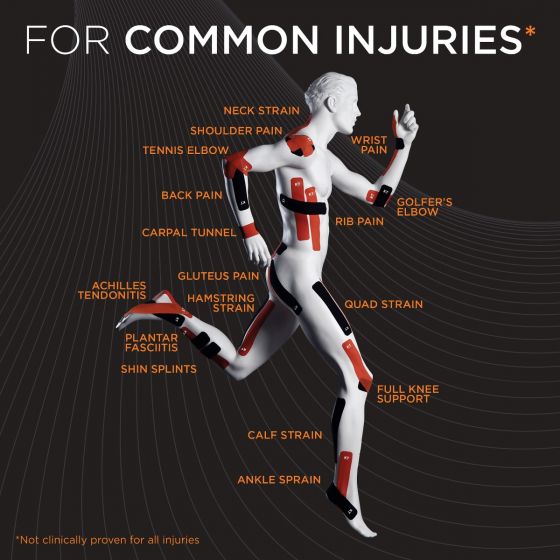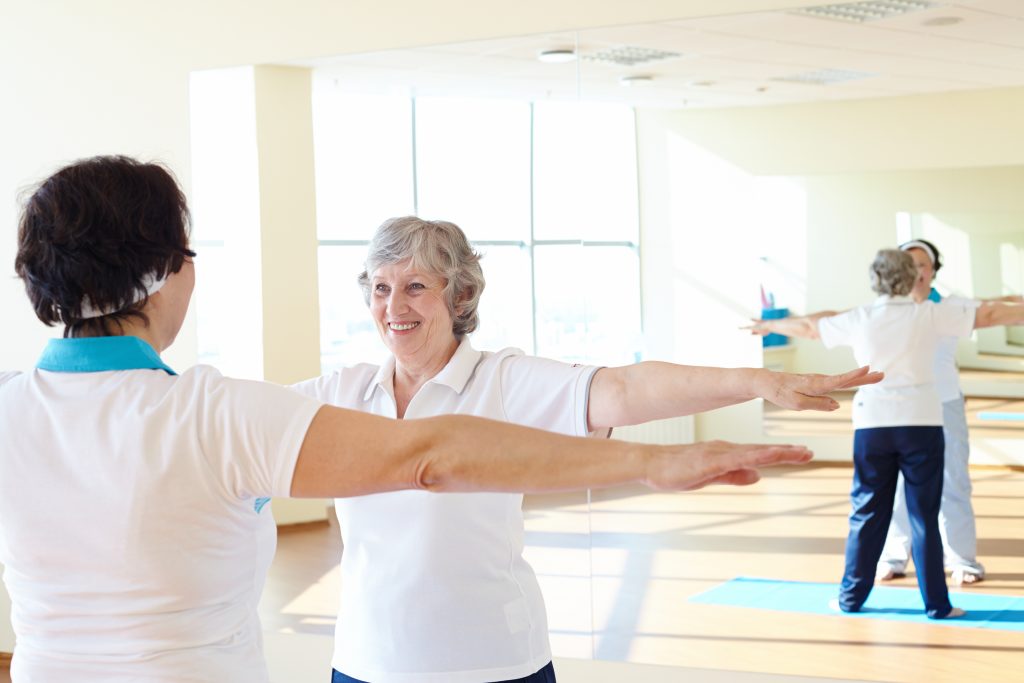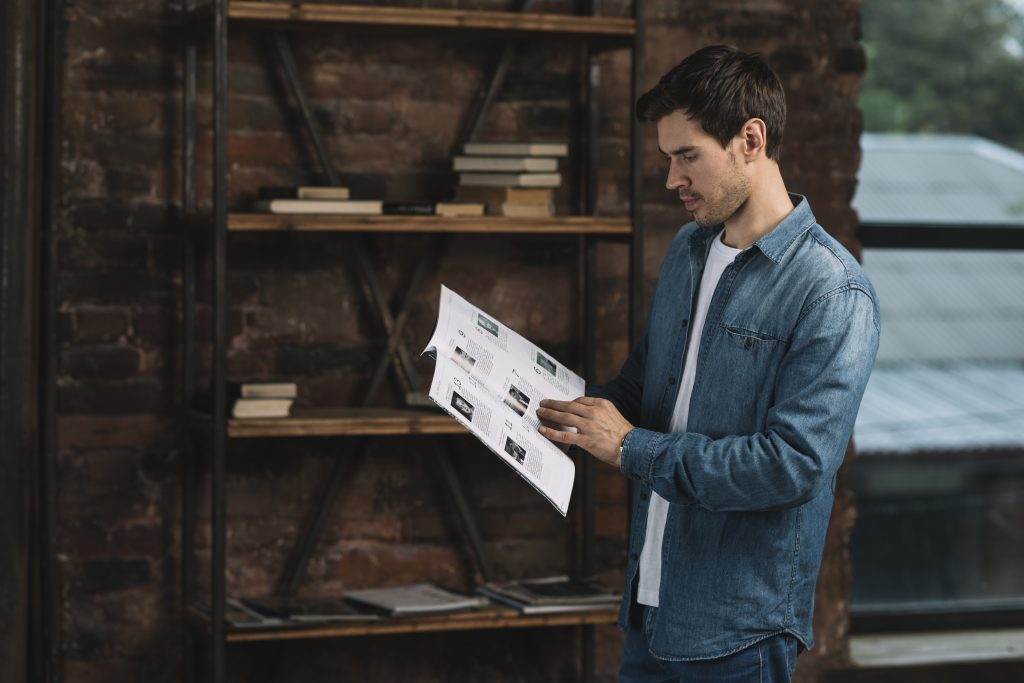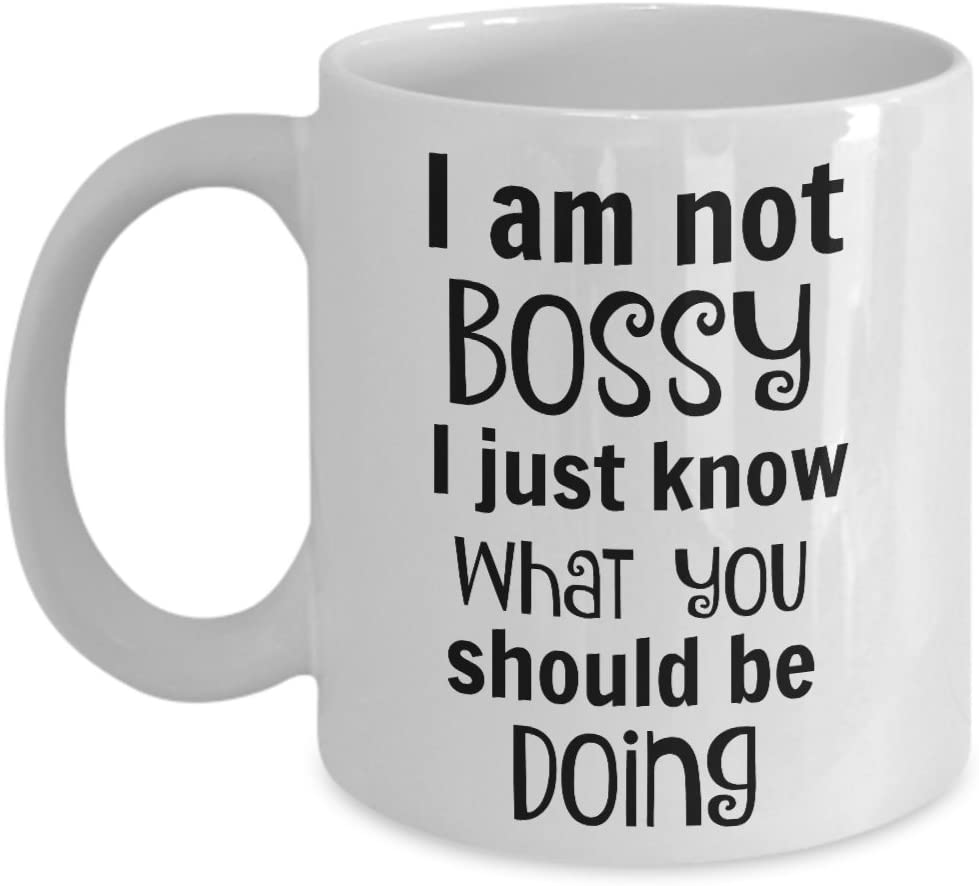Want to get a little workout done during your daily tasks or do you really love “going” to exercise? You might love it, but most people really don’t like working out if they are being honest about it. My mom thinks I love it. I told her I don’t; if I could be healthy, fit, toned and able to eat everything I wanted, I would not exercise. But we know that’s not possible and because I exercise, I like how I look and how I feel and that I am healthy! It’s the “going” that is sometimes tough to fit exercise into our lives. So, what if you could work out during some daily life tasks? Keep reading to find out how you can add a few moves to daily tasks and turn them into a workout.
What if there were two of you? That’d be one way to solve the “going and fitting in” issue. If that were possible, “this you” could do all your daily tasks so that your “other you” could do things like go work out, paint a room, or cook dinner. Since there is only one of you, perhaps using some creativity, organization and keeping things simple, you can add ways to burn extra calories while doing your everyday tasks.
Look at your activities; identify movements; repeat.
In this example, we will take a look at activities during a realistic routine.
| Time | Task | Activity | Movement |
| 7 am – 8 am | Shower | Get dressed | |
| 8 am – 9 am | Commute | Study/drive/ride | |
| 9 am – 10 am | Arrive somewhere | Meet with ___? |
Identify and choose a movement you do to perform each daily activity. It will be a very simple movement/stretch that you will repeat 9 more times.
Example 1 – Shower/dress – add a deadlift
When you dry off your legs and feet, you have to bend down and come back up. Now we have identified a movement and it’s called a deadlift. Additionally, when you put on your pants or underwear you do the same movement as in drying off your feet; again, you do a deadlift. Here is your first opportunity to do 9 more deadlifts right after drying your feet and pulling up your pants. Remember, pants don’t need to go up more than once, you do.
Muscles worked
Deadlifts work/stretch your glutes, hamstrings and your lower back. Performed with weights, you use even more muscles, but with your towel or pants, we are just going for some mobility and to burn a few extra calories.
How Much Will You Burn?
To answer this, we have to look at the, MET formula.
Oaky, bathroom deadlifts are not going to work off the donut you might eat for breakfast! In fact, it will not even burn off one bite of the donut. (so, step away from the donut!) If you really want to find out the number of calories you might burn, you could reference the topic about the metabolic equivalent of task (MET). The site, COMPENDIUM OF PHYSICAL ACTIVITIES, defines MET “is the objective measure of the ratio of the rate at which a person expends energy, relative to the mass of that person, while performing some specific physical activity compared to a reference, set by convention at 3.5 mL of oxygen per kilogram per minute, which is roughly equivalent to the energy expended when sitting quietly.” We can all guess, just from the “sitting quietly” reference above, that the number of calories burned, putting on your pants, will be minimal. That being said, what if we look at a longer term; your total calories burned will add up every week and every month to be more than what you were burning, after each shower, when you were only doing one rep of putting on your pants.
Good Bathroom Exercise Form
For a bathroom workout, you can do deadlifts and stay pretty injury-free because you aren’t using any weights. However, if you want to use good form:
CAUTIONS:
Choose the version best for you as shown in the photos below.
Imagining the bar is your PANTS!
Put both feet flat on the floor before going up.
- Hinge hips back (like you’d react if something was coming fast at your private parts).
- Keep back flat, not rounded, while you bend down and come up.
- Keep knees slightly bent when you bend down if you feel too much stretch in your hamstrings (back of your thighs).
- Keep hands touching your legs.
- Tighten abs before you come back up to standing.
- Squeeze glutes (butt cheeks) when you arrive back up.
- Inhale on the way down, exhale on the way up
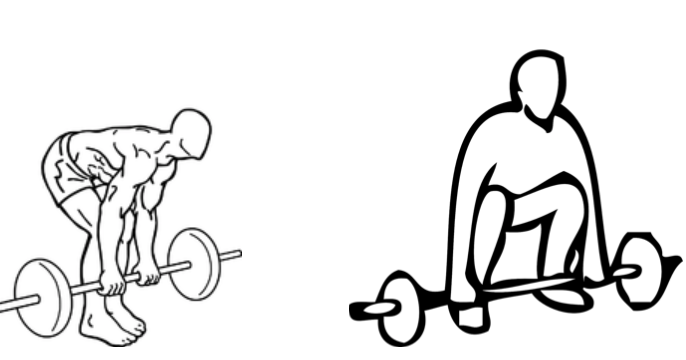
Keep in mind, this is not the gym and you are not trying to add a lot of time to your morning task, just a little more mobility and a few more calories burned over time.
Here is a look at our updated activities table in a realistic routine.
| 7 am – 8 am | Shower | Get dressed | Deadlifts |
Example 2 – Commute – Isometric ab/chest squeeze
When you are the driver, you use a steering wheel to steer the car. When you put two hands on the steering wheel, you find the first opportunity for an isometric movement. If you are driving your car or sitting on a subway seat or riding on the bus, you can still use isometric squeezes to work some muscles.
Sitting in your car: When you are sitting and driving, place your hands, one at 3 and the other at 9 o’clock, on the steering wheel. Slowly, start pushing your hands inward with some constant force, as if you were trying to clap your two hands together. Keep pressure constant for about 5 seconds. Release and repeat 9 more times.
Sitting on the subway or bus: For this method, place your left hand on the left knee and your right hand on the right knee. Slowly, start pushing your hands down on your knees with some constant force. Keep your arms straight without letting your elbows bend. Push for about 5 seconds. Release and repeat 9 more times. If you carry a briefcase, use it like the steering wheel method above.
Muscles worked
The steering wheel squeeze primarily works your chest or pectoral muscles. You will also work your biceps and shoulders. All three muscles are worked isometrically. Your stomach or abs and your triceps are felt when you push down on your knees.
Calories burned
From our MET lesson above, we can again assume that the total calories burned will be moderate to low. Research would still show they are worth doing when you look at a longer time frame. Anything done consistently, over time, will produce some change. So, just do it!
Good Driving or Riding Isometric Form
Doing an isometric workout while you are commuting, you can press and squeeze and stay pretty injury-free because you aren’t using any weights. You should always make driving safely your highest priority. Never take your focus off the road. Good form looks like this:
- Press mainly with the palms of your hands.
- Tighten abs as you press your hands.
- Inhale at rest, exhale while using force.
Here is a look at our updated activities in a realistic routine.
| 7 am – 8 am | Shower | Get dressed | Deadlifts |
| 8 am – 9 am | Commute | Study/drive/ride | Isometric squeeze |
Example 3 – arrive somewhere
Try this one on your own when you arrive at work or at school.
First – Identify the activities you will be doing.
Will you use any stairs, walk a long way, have extra time, sit, stand, operate, listen, lead or teach, etc. You now get the idea of how to identify the available activities when you arrive somewhere.
Second – Choose the movement you can repeat a total of 10 times.
The movement you choose depends on the activity you are doing at that time.
Third – Try to figure out what you’re feeling and where you feel it.
Is anything tightening, anything getting warm, anything stretching? That’s your muscles talking to you. Good job!
Complete your chart!
| 7 am – 8 am | Shower | Get dressed | Deadlifts |
| 8 am – 9 am | Commute | Study/drive/ride | Isometric squeeze |
| 9 am – 10:30 | Arrive somewhere | ? . | ? . |
My choice exercise while at work
I love to take the stairs whenever I can. When I am at work, I take two steps at a time to work my glutes and thighs. I am also the one climbing the escalator instead of just riding it. (I know some of you hate when people do that). The reason I do it, is because when I lost 45 lbs. I knew I had to keep moving as much as possible to keep it off. Climbing the stairs is something I have to do anyway so, I just take the opportunity to: identify my activity, choose a movement from that activity and then repeat it nine more times!
High-fives to you for identifying your new movements in your daily routine tasks and to the healthy-fit you!
For more ideas or to get a full workout, send email to PHDEXP@YAHOO.COM and check out the LisaRyanHealthyFit Youtube Channel.

